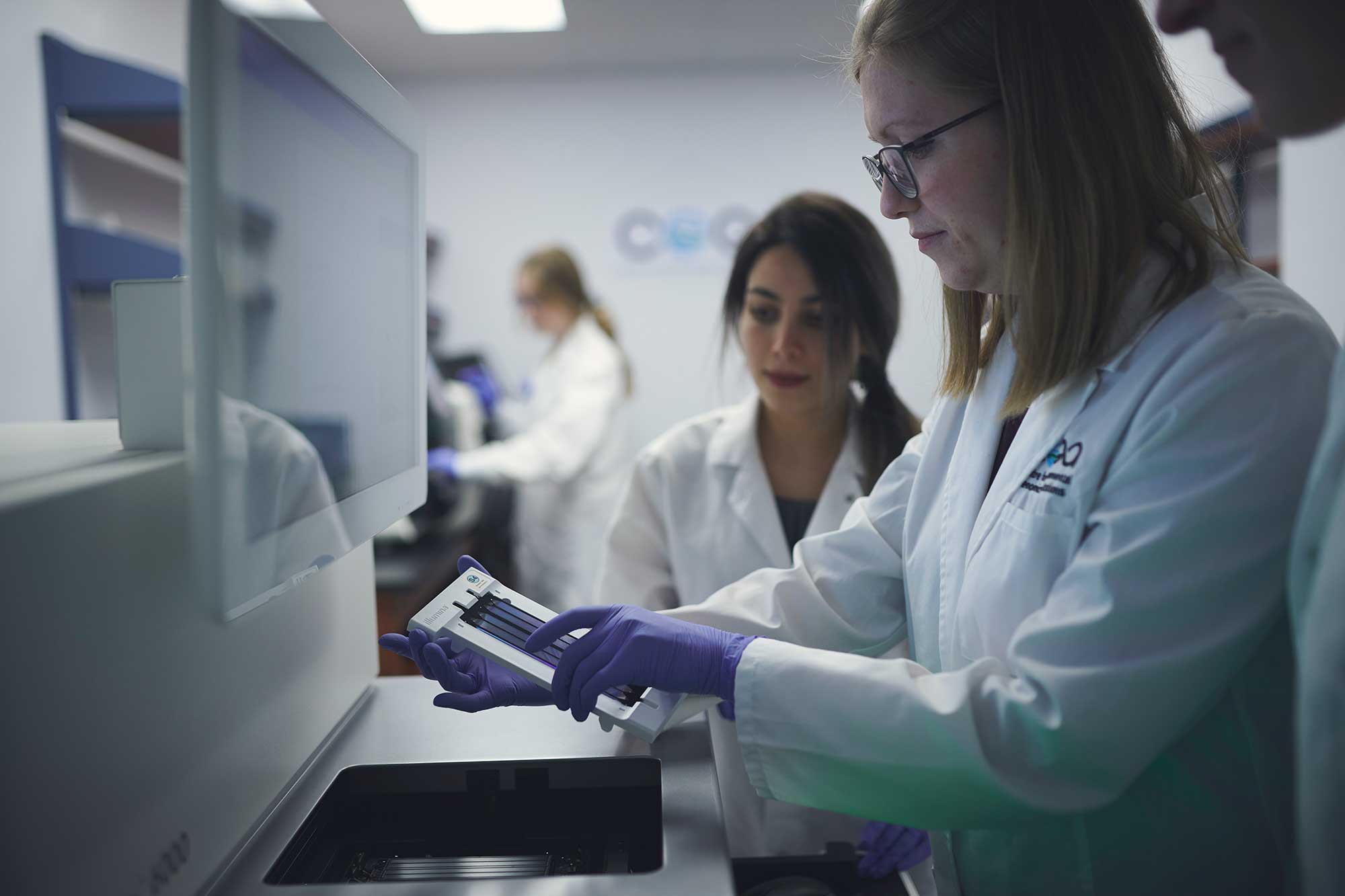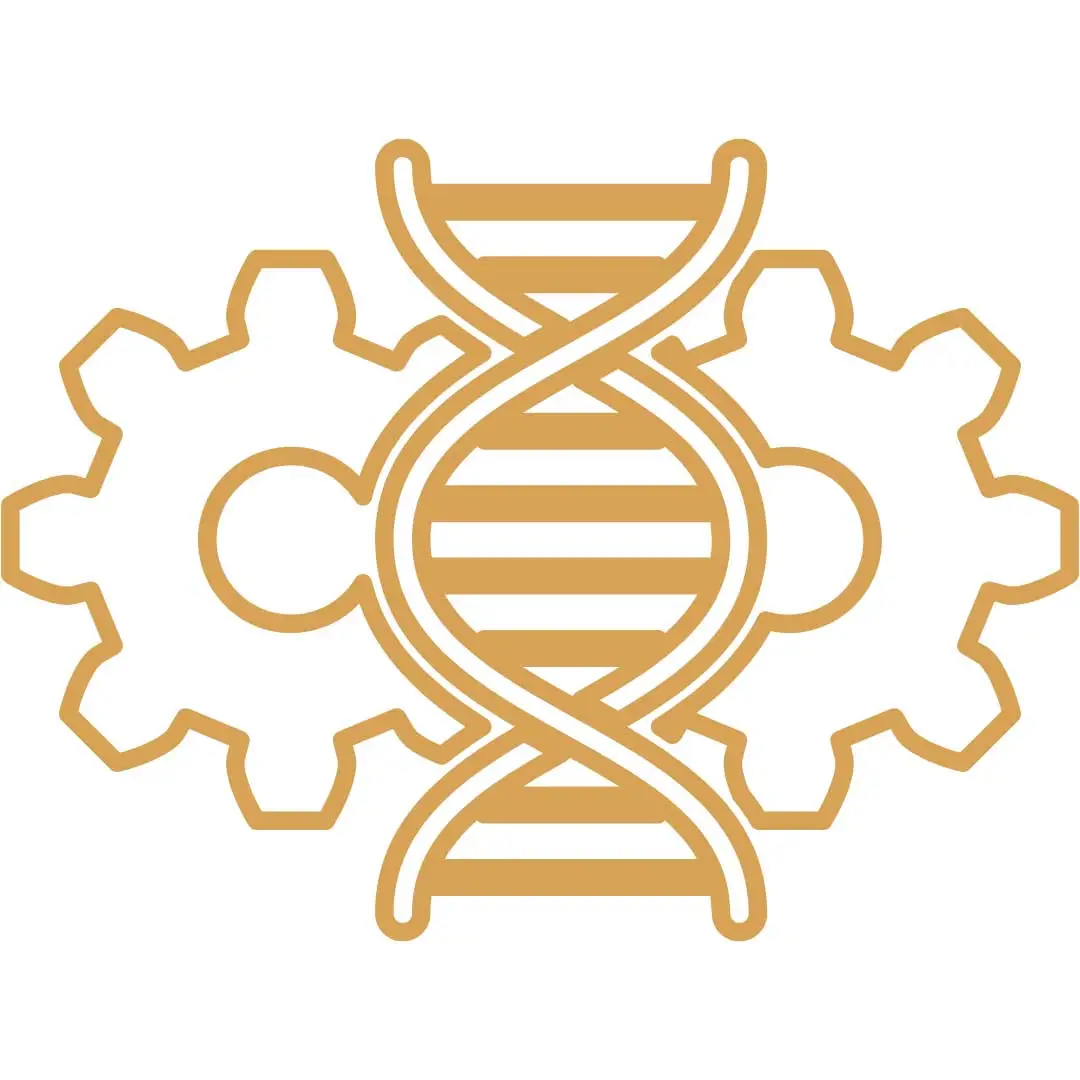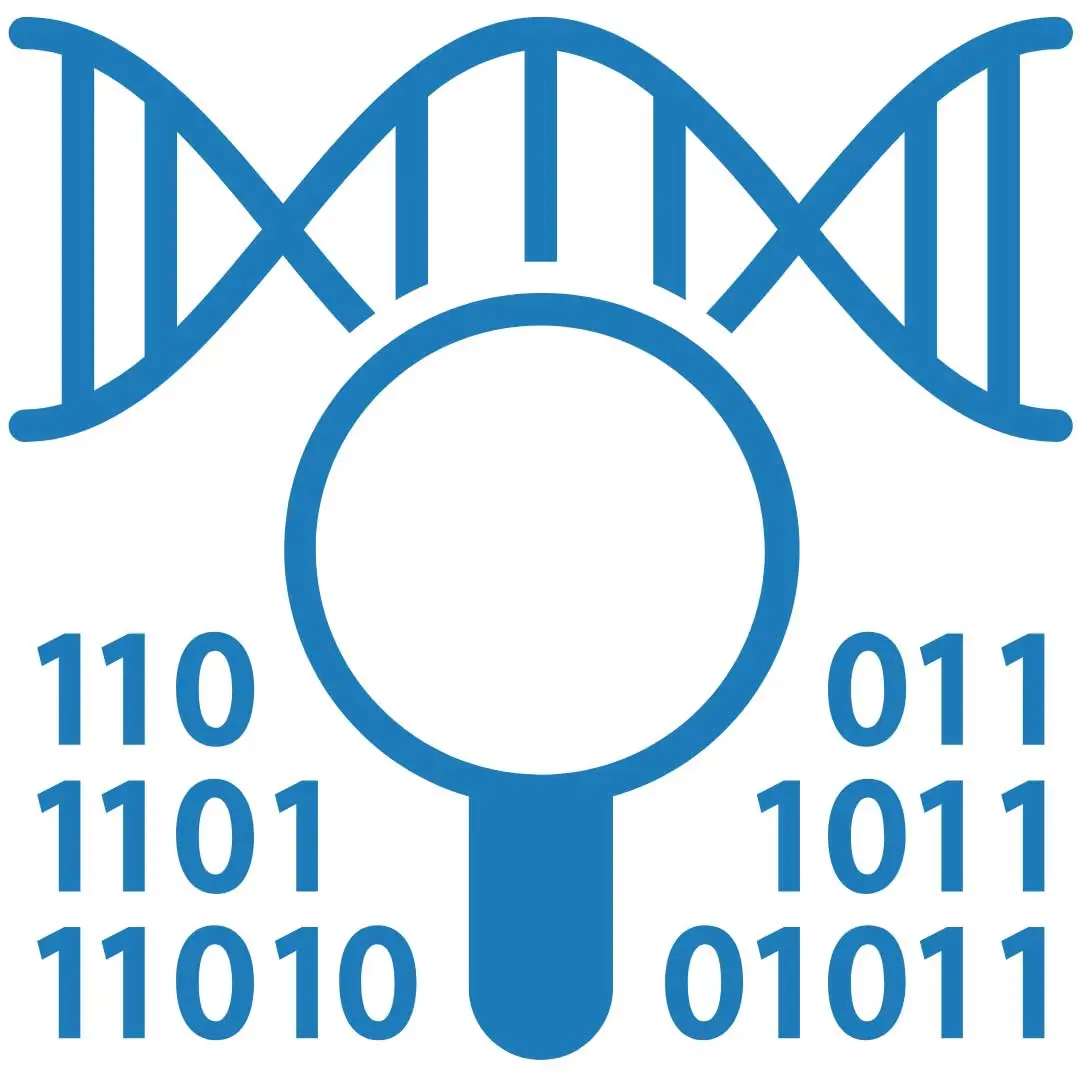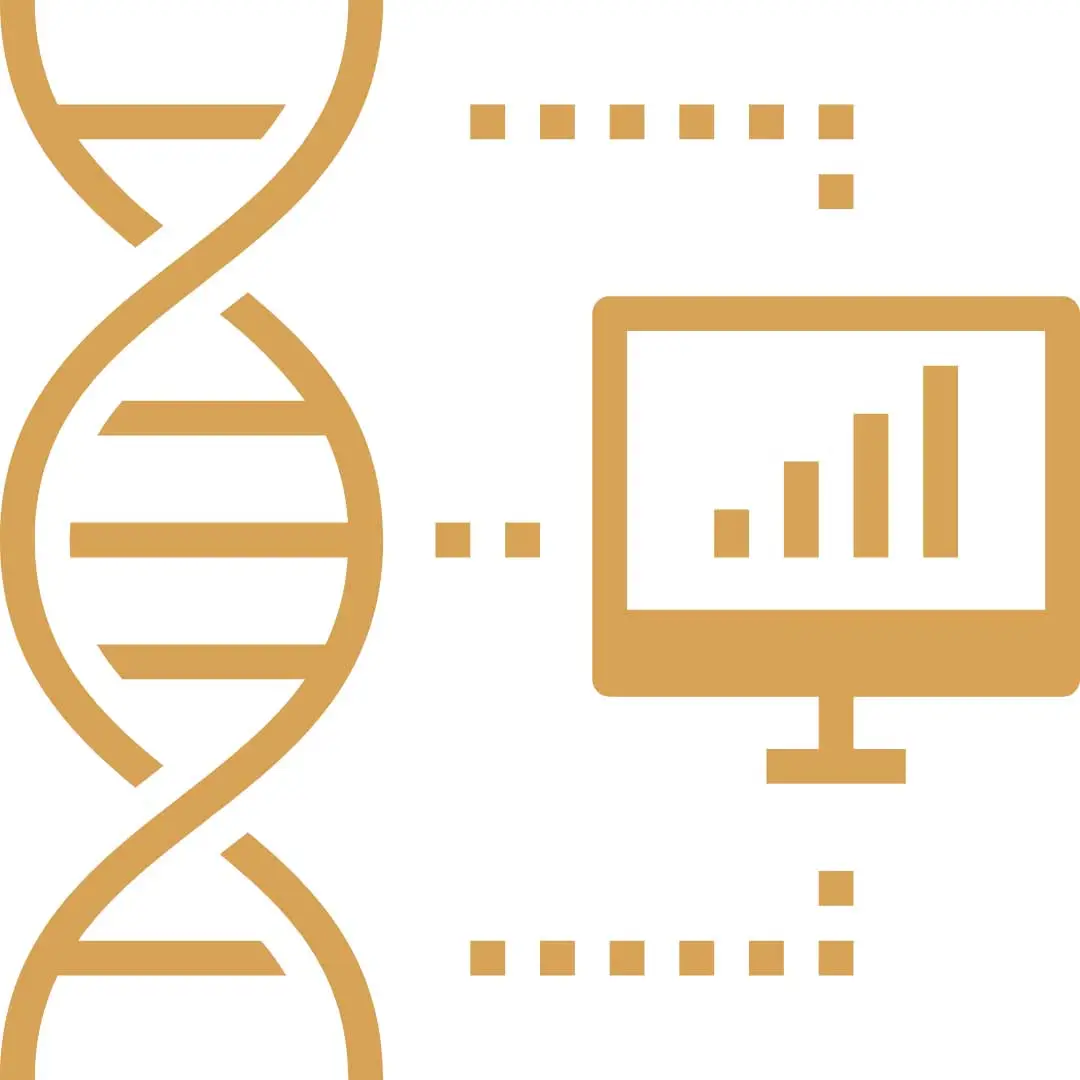
Standardized eDNA solutions you can trust.
eDNAtec is a global leader in environmental genomics, dedicated to advancing environmental stewardship by analysing biodiversity and ecological health across all offshore, onshore, and terrestrial ecosystems.
The EnviroSeq® Genomics Workflow
Seven rigorous steps that yield repeatable, reproducible, and accurate results.
EnviroSeq® is an end-to-end standard operating procedure that has been hardened and tested through hundreds of genomics projects delivered around the world in harsh field conditions and remote locations. Every step is critical to ensure consistent quality and reliable results.
Globally, environmental genomics has evolved from small-scale artisanal projects to industrial applications. The EnviroSeq® Genomics Workflow sets the world standard and assures a disciplined, standardized protocol supported by quality assurance and quality control procedures. Clients can rely on EnviroSeq® to support critical decisions.
New eDNAtec video
Learn more about our business and the emerging science that supports the world’s ocean industries and improves the health of our oceans.
Learn More





